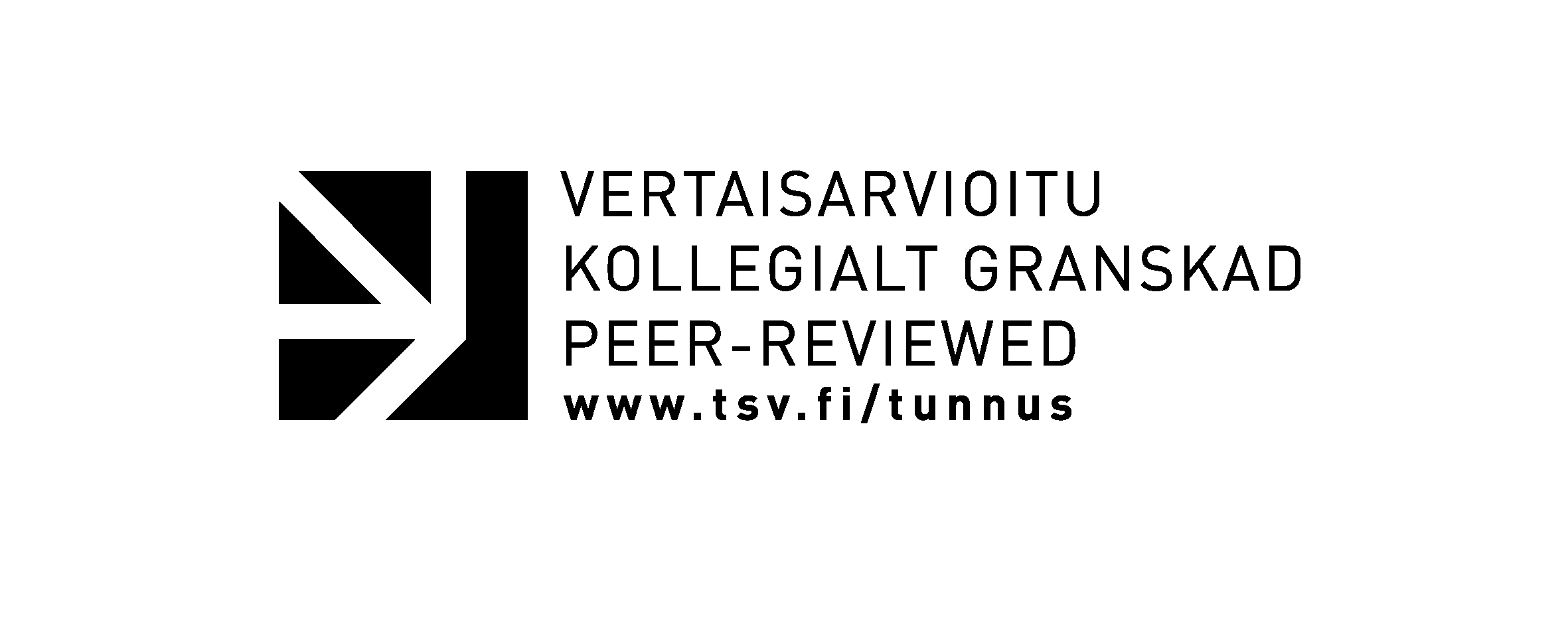Negotiating Place Identity in Life Stories from the Viewpoint of the Multiculturalism
Keywords:
Kohtla-Järve, cultural boundary, life stories, migration, multiculturalism, Russian community in EstoniaAbstract
Cultural divesity in Estonian society can be examined as a continual dynamic process. During the first half of the 20th century, the existence of ethnic groups also meant the existence of permanent settlements, while in the second half of the 20th century this was related to migration, and at the end of the century, as well as today, with integration problems in Estonia.
In the following article, I examine the problems related to cultural diversity in Estonian society today. This is based on texts that record real-life events, which have been created by the participants in these events. Since I had previously examined these same source materials in the context of ethnic identity and migration, in this article I will focus on the topic of the connection between people and their homes (i.e. native countries) from a mulricultural viewpoint. I will attempt to demonstrate that the connection
between people and their homes (native countries) is revealed primarily through cultural (and not only or unequivocally ethnic) identity. That
being said, a multiculrual viewpoint is not very common in Estonia. Estonian population groups tend to be discussed in an ethnic context, with up to 140 different nationalities being differentiated (Kurs & Berg 1998; Viikberg 1999a, 11). Relations between the ethnic groups are examined using the concepts of acculturation, assimilation and intergration. The concept of cultural diversity, or even the figurative expression of "ethnic mosaicism", is preferred over the concept of multiculturalism. However, in all these treatments one problem is encountered, that being the result of Soviet-era migration - the identity of those whoe came to Estonia during the Soviet period comes into conflict with ethnic definitions, despite the fact that the bearers of Soviet identity are defined as the Russian-speaking population. In principle, Sovietism can also be viewed as a cultural characteristic, just like any study of culture that is based on ethnicity. However, in this case, political power rather than culture is the aspect that is brought to the fore - Estonia's subjugation by the Soviet Union, regardless of whether this fact is given a positive or negative interpretation. It appears from the biographies of Estonian residents who are older than middle-aged, and who are examined in this article, that a difference in experiences is much more apparent than differences in ethnicity or language usage - a settled way of life versus the migration experience.







